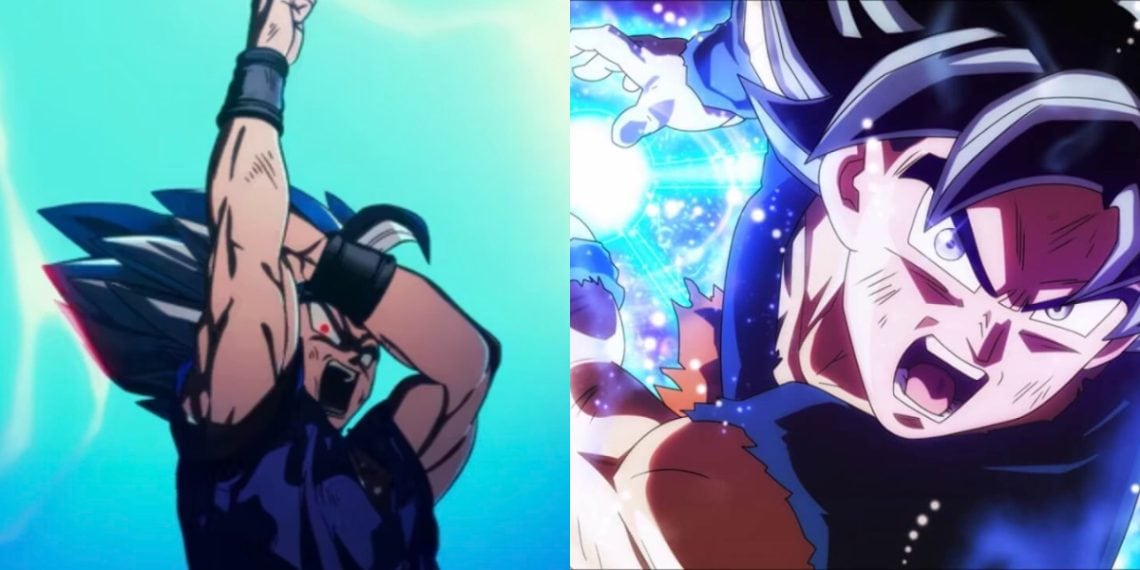The iconic anime franchise Dragon Ball remains deeply influential decades after its creation by manga artist Akira Toriyama.
However, what many fans likely do not know is that one of Dragon Ball’s most recognizable tropes – the “Kamehameha” energy attack – was actually coined not by Toriyama but by his wife, Nachi Mikami.
This creative borrowing exemplifies Toriyama’s broader tendency to draw inspiration from those around him when naming key elements of the Dragon Ball universe.
For instance, many of the series’ characters are named after vegetables and food items, like the powerful Saiyan prince Vegeta and Goku’s birth name, Kakarot.

Even today, these clever and quirky naming choices contribute greatly to Dragon Ball’s lasting appeal. The very mention of attacks like the Kamehameha wave immediately evokes recognition across generations of fans.
By incorporating small touches of whimsy and inspiration from real life into Dragon Ball’s fantasy world, Toriyama created a franchise that continues to resonate with audiences globally.

His willingness to integrate outside ideas speaks to the collaborative, real-world sources of creative fiction. In this way, Dragon Ball’s origins reflect the organic growth of any successful mythology.
Toriyama’s Inspirations for Dragon Ball’s Iconic Attack
The origins of Dragon Ball’s signature “Kamehameha” attack demonstrate Akira Toriyama’s penchant for drawing real-world inspiration.
While the term Kamehameha evokes the Hawaiian royal dynasty, Toriyama’s wife Nachi Mikami was actually the one to suggest naming Goku’s energy blast after the Hawaiian king.
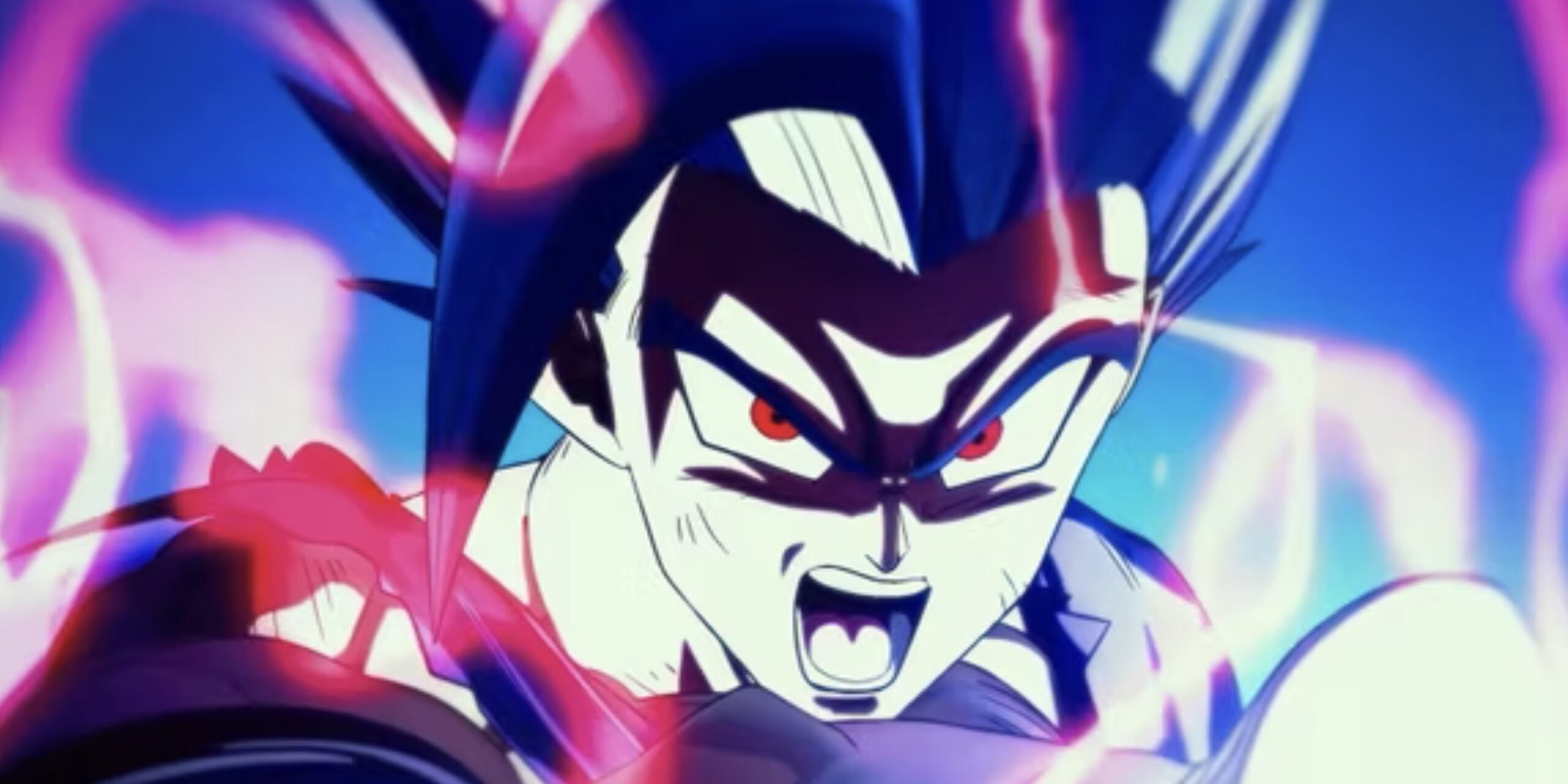
An intriguing anecdote holds that Toriyama himself spent hours standing in front of a mirror, meticulously rehearsing the dramatic Kamehameha attack pose until he perfected the emphatic gesture fans mimic worldwide.
Beyond attack names, Toriyama looked to his everyday life for little touches to inject into Dragon Ball’s fantasy landscape. The Saiyan characters are named after vegetables, further illustrating Toriyama’s tendency to borrow from the mundane world around him.
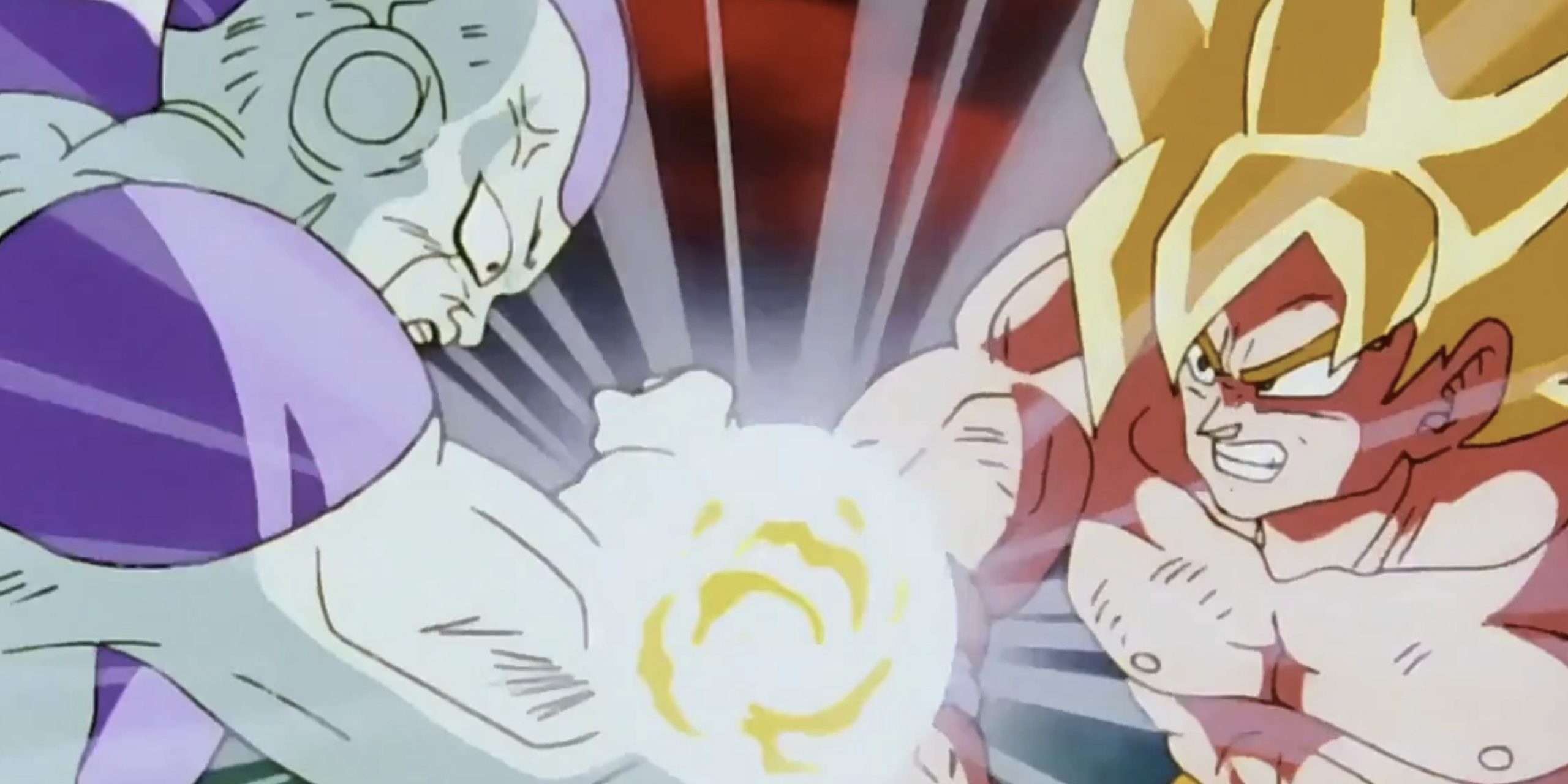
Ironically, these organic sources of inspiration – a wife’s name suggestion, the mirror practice sessions – fueled the creation of one of anime’s most recognizable moves.
The story of the iconic Kamehameha pose symbolizes Toriyama’s ability to synthesize real-world pieces into an imaginative, resonant whole far greater than the sum of its parts.
The Unseen Artistic Force Behind Dragon Ball’s Iconic Kamehameha
Before she married the iconic manga artist Akira Toriyama, Nachi Mikami was an accomplished artist in her own right.
She authored popular manga like “The Top and Bottom of Rock and Roll” (1977) and “The Confusing Legend of St. Mephisto” (1985), establishing a thriving creative career.
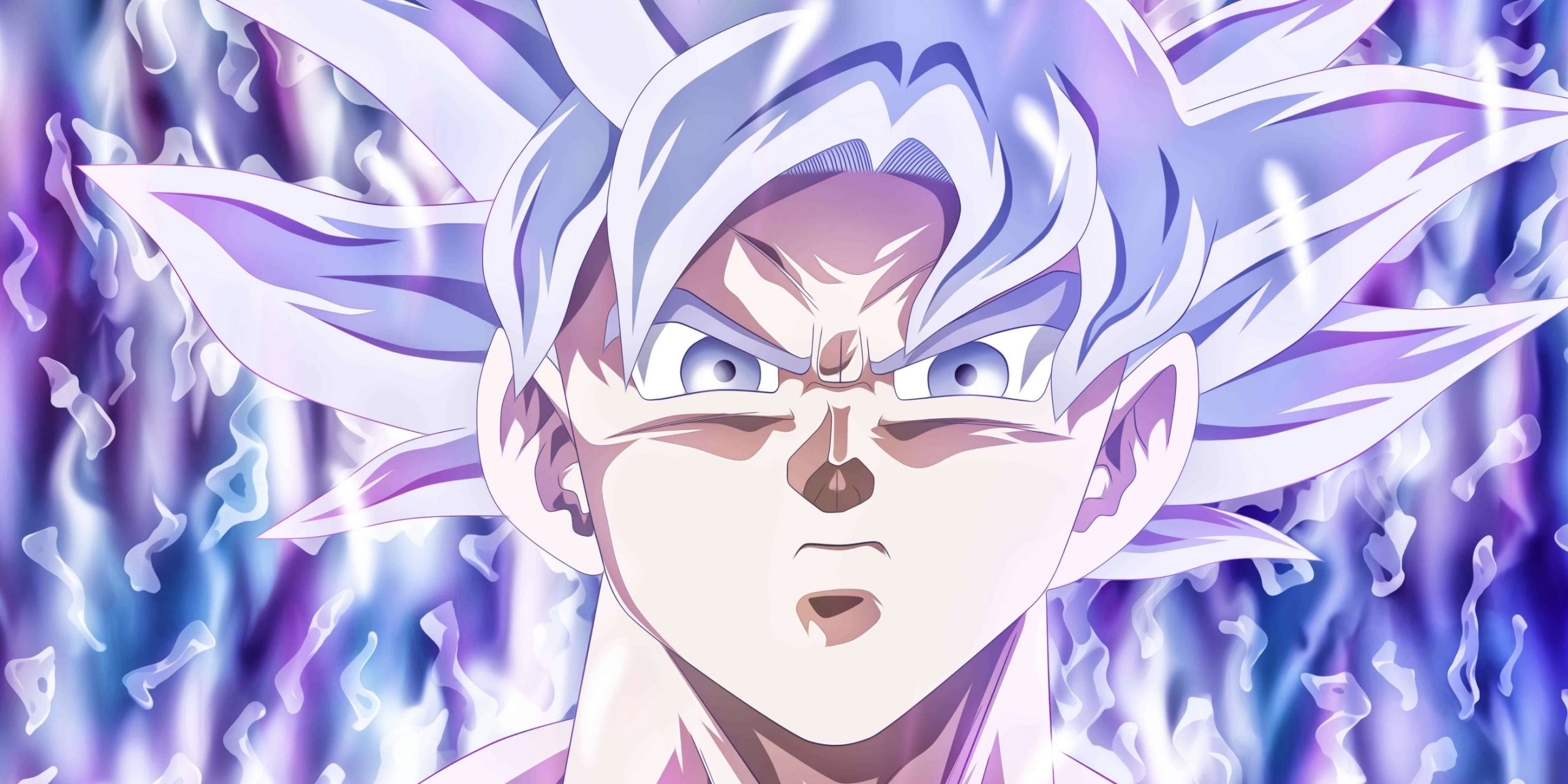
However, Mikami eventually opted to step back from her manga publications in order to support her new husband Toriyama’s rising fame.
Yet while she retreated from the public spotlight, Mikami continued making invaluable unseen contributions to Toriyama’s seminal work, Dragon Ball. As mentioned, she coined the term “Kamehameha” for Goku’s signature energy blast attack, drawing inspiration from Hawaiian history.
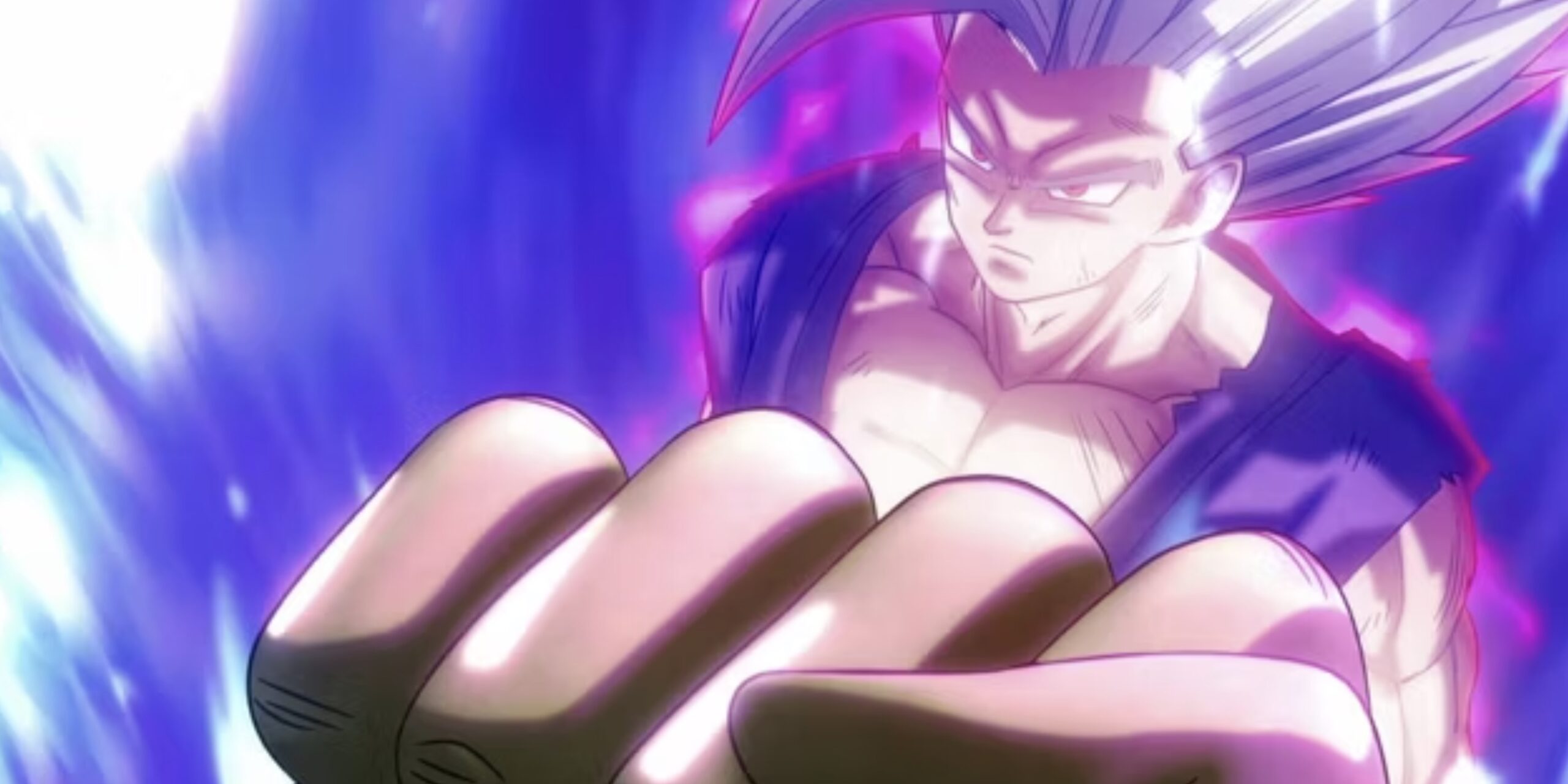
Given how synonymous the dramatic Kamehameha poses and blazing-blue beams now are with the Dragon Ball franchise, Mikami’s naming influence proves instrumental to the series’ identity.
Just as the combined force of Saiyan Goku and Vegeta powers up beyond imaginable limits, Toriyama’s creativity might amplified exponentially thanks to his wife’s own artistry and perspective.
Their fruitful private collaboration exemplifies the timeless symbiotic relationship between an artist and their devoted partner – culminating in a pop culture phenomenon that spans generations.
More About The The Power of Kamehameha
The enduring popularity of Dragon Ball stems not only from its colorful characters and kinetic action but also from the imaginative abilities and attacks that have become franchise hallmarks.
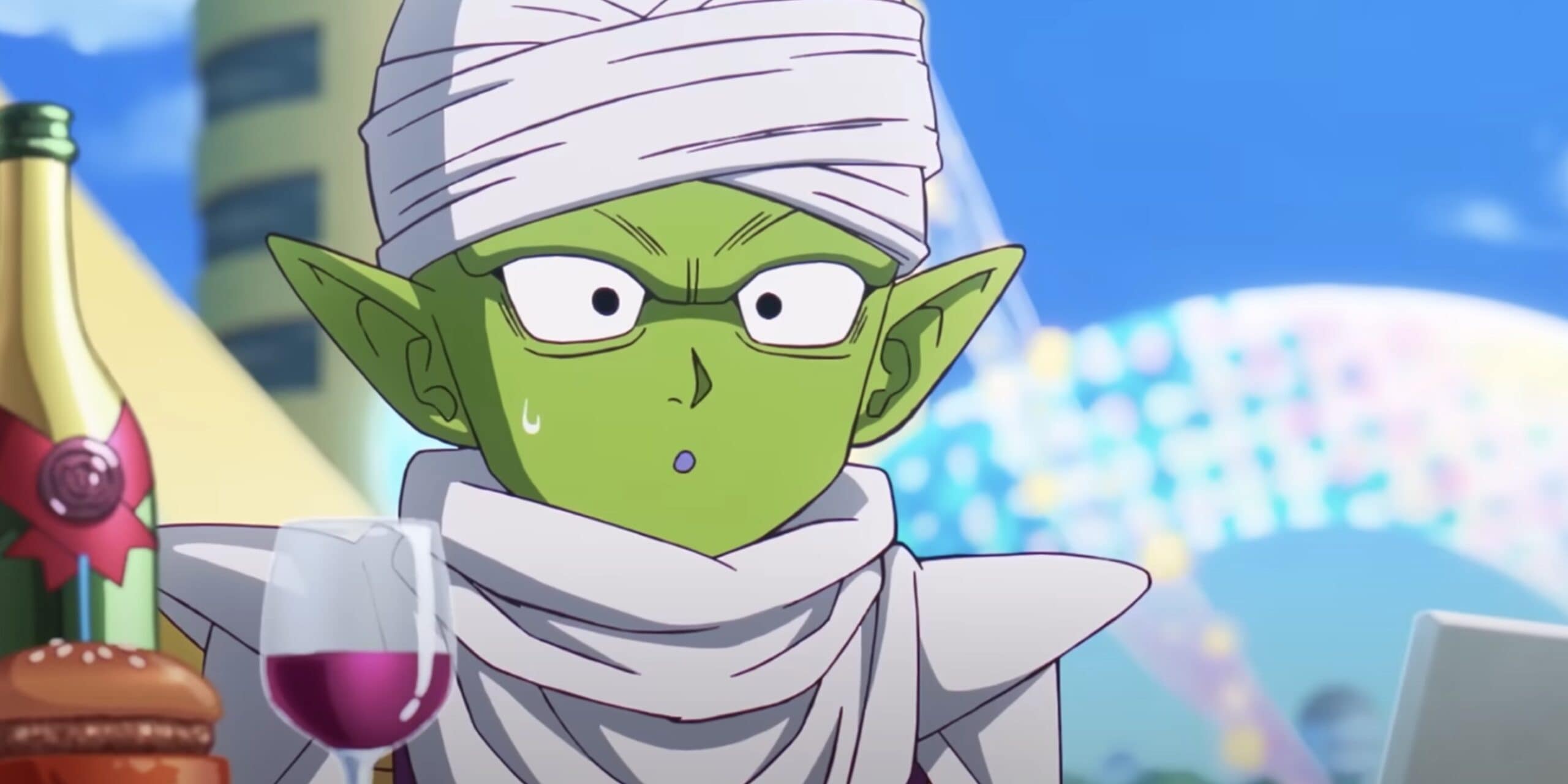
Chief among them is the signature Kamehameha – a pulsing blue energy beam unleashed by cupped hands and an emphatic three-part shout. Consisting of the staccato syllables “Ka-Me-Ha,” the attack’s title was inspired by Hawaiian heritage at Nachi Mikami’s suggestion.
Once unleashed, the devastating long-range Kamehameha blast provides many of Dragon Ball’s most iconic climactic moments across sagas, as Goku and allies turn the tide against overmatched villains.
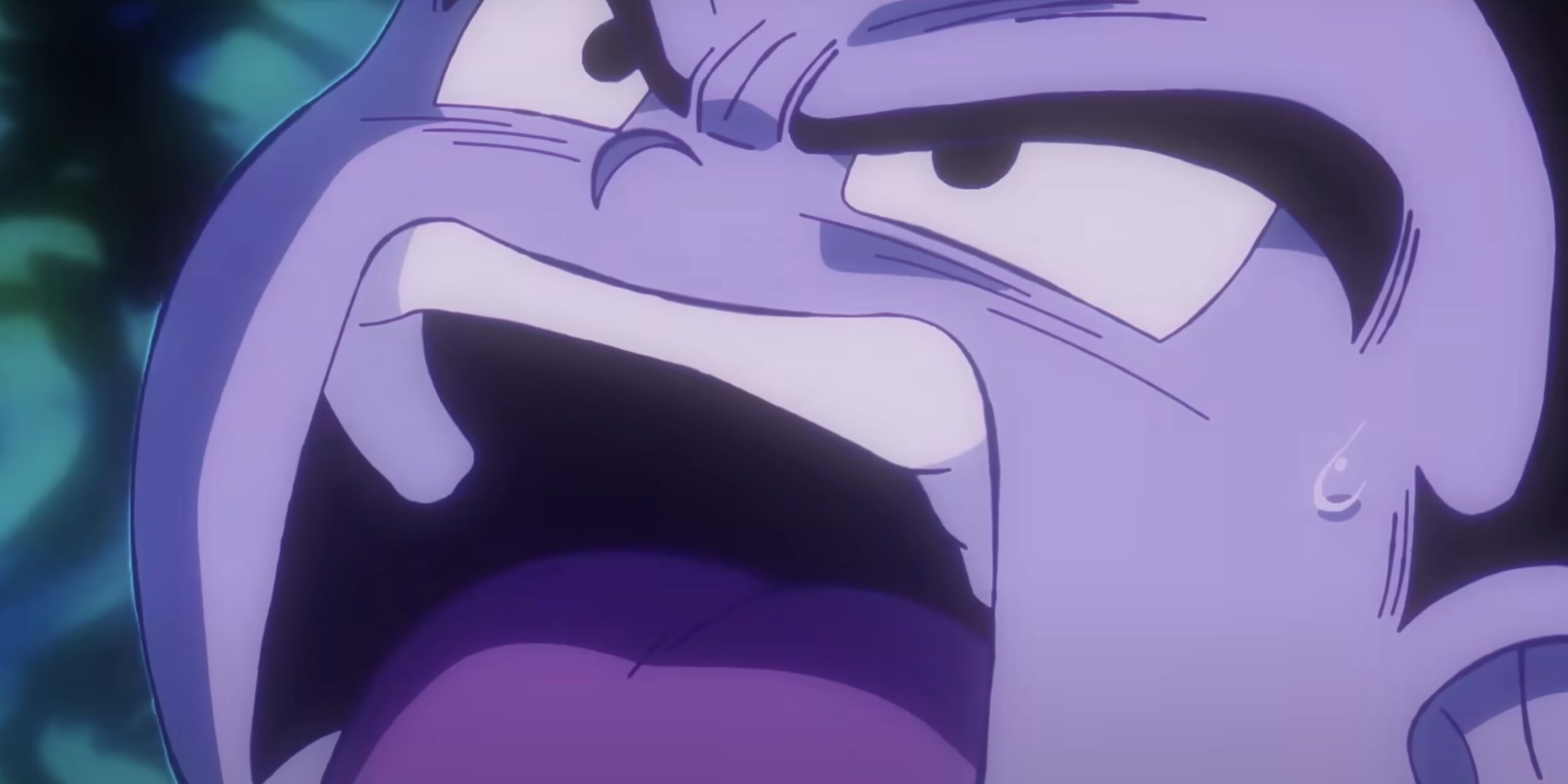
Indeed, the sweeping beam has remained core to the property since first unleashing upon eighties-era manga pages. Yet while the Kamehameha visual needs no introduction, its very name and conception may not have existed without real-life creative inspiration.
Much like the attack combines three syllables into an earth-shaking force, Akira Toriyama synthesized realism with fantasy to elevate Dragon Ball into a cultural juggernaut.
Though now renowned worldwide, the series’ roots sprung from humility, collaboration, and a commitment to imagination above all else. In that sense, the coupled hands behind the Kamehameha beam fittingly represent the partnership that launched it.


